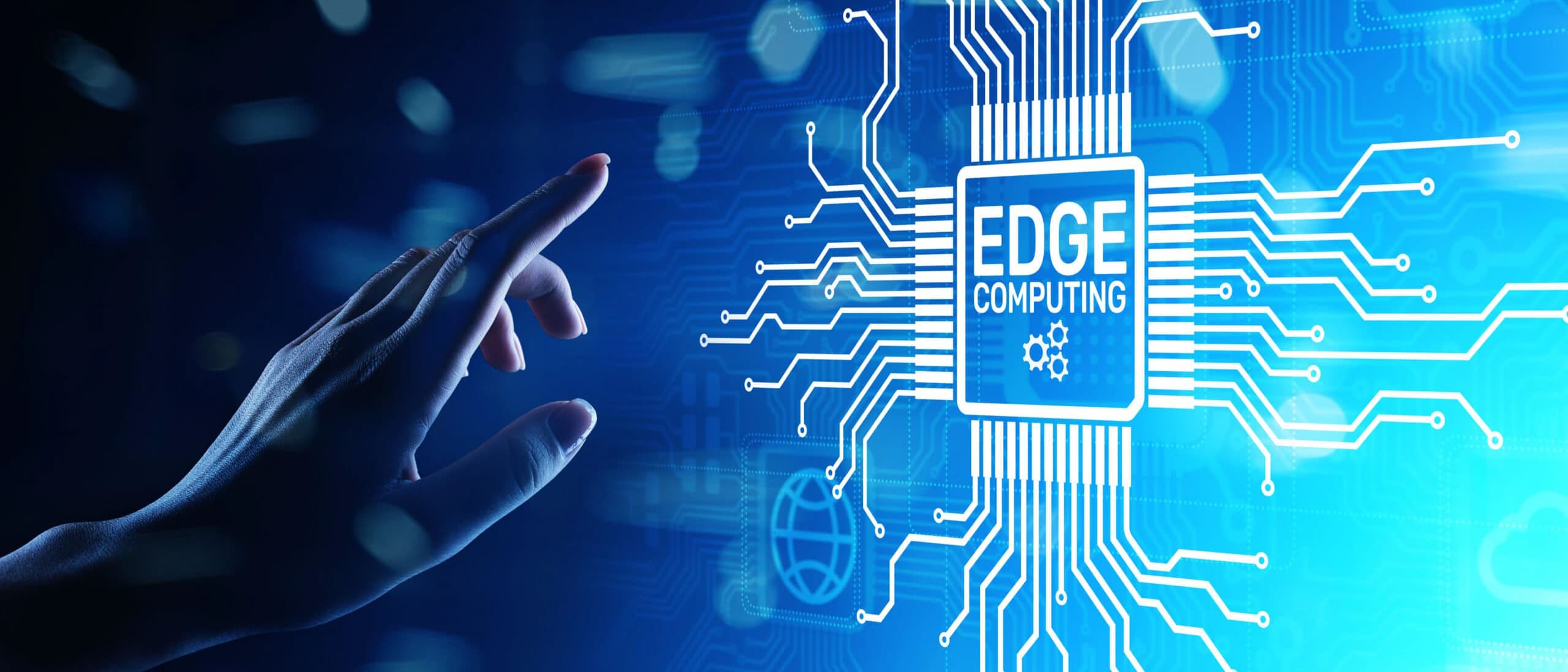Introduction
Edge computing is a common phrase in the context of the Internet of Things (IoT). In this article, we will examine its meaning and the role it plays in the large scale management and utilization of location data – with a specific focus on the DeepHub.
Change is constant, and today’s driver of change may not be the same as yesterday’s. Until recently, cloud computing was heralded as the most groundbreaking technological step for the future of computing. Why has edge computing re-emerged and taken center stage? Will it replace cloud computing partially or completely?
Data is the backbone of organizations, as it provides insights on processes and enables real-time control over critical business operations. However, the traditional computing paradigm built on a centralized data center is often not suitable for moving ever-increasing volumes of data. Edge computing rectifies this, as it entails the processing of client data at the edge of the network, as close to the originating source as possible. Data processing at the point of origin saves time, reduces strain on networks, and minimizes latency during data transmission. This has significant implications for organizations that must process and manage large quantities of data from many IoT devices.
In addition to the performance benefits mentioned above, processing data on the edge is also an important factor in terms of data sovereignty, as it’s easier to know where data exists and who governs it. Data on the edge does not need to “travel” as much – making it less susceptible to cyber attacks and less likely to be intercepted, corrupted, or attacked.
It should be stressed that edge computing is not a replacement for cloud computing; it seeks to add the cloud to the same location as the data source. Combining both into a hybrid computing architecture is optimal for many software services and solutions.

The Importance for Location Data
In most edge use cases, data needs to be processed locally in real-time, because transmitting the data to a data center for processing often leads to undesirably high latency. Consider a modern manufacturing plant. Industrial Internet of Things (IIoT) sensors generate a steady stream of data that can be analyzed to prevent breakdowns and improve operations. By one estimate, a modern plant with 2,000 pieces of equipment can generate 2,200 terabytes of data a month.
Rather than sending the information to a remote data center, it’s faster and more economical to process the data closer to the equipment. Running fewer processes in cloud and enterprise systems and moving them closer to the data-generating devices transforms the way data is handled, processed, and delivered for immediate business benefits. The edge complements the cloud by offsetting challenges and enabling key use cases and applications that benefit from an edge approach.
This is particularly true for industrial applications, such as smart factories, that generate and rely upon reliable, persistent, and cost-effective location data. Smart factories are the backbone of Industry 4.0. They are equipped with advanced sensors, embedded software, and robotics that collect and analyze data to allow for digitization and automation, thereby increasing efficiency and reliability, and making processes more resistant against human errors and machine failures. Combining the What, Where, When and Why is crucial. The smart factory achieves this by making humans and machines work together seamlessly and efficiently. Very precise handling of location data for each device, each tool, each AGV, each AMR, and each worker is a necessity to make this possible.
Systems deployed on the edge must have low latency, high connectivity, and efficient bandwidth utilization in order for the location data generated by the devices to provide actionable insights and added value. These were important requirements for the T-Systems 5G Campus solution powered by omlox, that resulted in a system architecture with a strategic, hybrid mix of cloud and edge computing.

The DeepHub’s Performance on the Edge
Now that we have defined edge computing and have identified it’s significance for IoT applications generating and processing location data, let’s examine how and why the DeepHub’s system architecture is well-suited for edge scenarios.
The DeepHub is a high-performance middleware that occupies a small digital footprint, allowing for true flexibility in deployment. It can run on a wide spectrum of devices, from large data centers to low-level PCs and devices on the edge, such as AGVs/AMRs or handheld sensors and readers. As the DeepHub is written in C++, it is lightweight and is able to fully capitalize on the hardware of the device on which it is deployed.
The DeepHub is robust, requires very low maintenance, and employs embedded databases that are persistent and fail-safe. Furthermore, through a streamlined architecture, the DeepHub is predictable and reliable in terms of failure check management.
A single hub instance is capable of handling thousands of clients and connections per second, sending simultaneous location updates. This is achieved through the hub’s low latency and scalability in terms of I/O and client parallelization, enabling a single hub instance to satisfy many use cases. In terms of security in edge computing scenarios, the DeepHub supports OpenID for authorization and authentication. This enables a variety of use cases, such as access restriction, data security, and role-based permissions.
Final Remarks
With the steady progression of IoT devices being utilized for applications in a multitude of industries, the volume of data and the need to effectively and efficiently manage and process it will continue to rise. Deploying high performance software on the edge that is lightweight, scalable, and robust minimizes potential downtime and ensures applications provide reliable and persistent data. This is a hard requirement for many RTLS projects that are complex, dynamic, and involve thousands of moving pieces in real-time.
Stay tuned to our DeepBlog for articles on a plethora of topics, including future enhancements to the DeepHub that will further improve it’s performance on the edge. Also, don’t hesitate to get in touch with us today to learn more about the DeepHub!

1 thought on “How the DeepHub® Excels on the Edge”
Comments are closed.